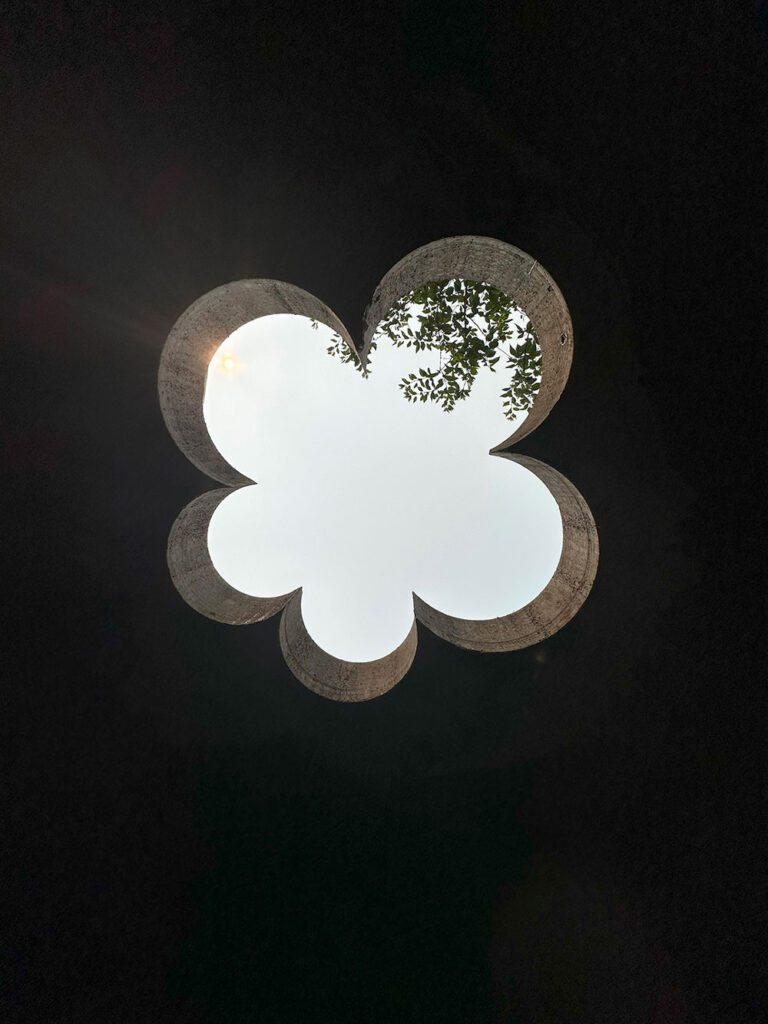Put the city up; tear the city down,
put it up again; let us find a city.
—Carl Sandburg, “The Windy City,” 1922.
Chicago was a well-loved subject of writer Carl Sandburg. Committed to the working class, his poems vividly recount the people who labored to make and remake the city during its heady period of growth in the 1910s and 1920s: the “shovel stiffs” and “work plugs” breathing life into “the junk of the earth” in rounds of “Shoveling, / Wrecking, / Planning, / Building, breaking, rebuilding.” This cacophony of construction and demolition stemmed in part from burgeoning housing and commercial demand, as well as the ongoing civic improvements of Burnham and Bennett’s 1909 urban plan. But it was accelerated by architectural obsolescence, a new real estate concept born in New York City that reached a fever pitch in Chicago. New federal taxes incentivized owners to demolish “obsolete” buildings as young as 13 years old and replace them with more up-to-date—and therefore more desirable and profitable—new structures on the same site. Witnessing this watershed cultural change, Sandburg came to characterize the city as a place where buildings went up and down as naturally as the sun.
One hundred years later, Sandburg’s appeal to “let us find a city” feels as urgent and resonant as ever. Making urban places is a never-ending process, as needs, desires, beliefs, and populations are always shifting. Yet the endless construction-demolition cycle that in Sandburg’s time seemed full of promise carries grave environmental consequences. The building sector currently produces 31 percent of annual global carbon emissions and accounts for one of the largest components of municipal waste in many countries. As the industry tries to curtail its outsized contribution to the climate crisis and its excessive resource use, how can architects simultaneously ensure our cities stay alive and responsive to their inhabitants? How can we find greater equality and pleasure in living together as communities while also living more lightly on the earth?
Reuse and renovation offer one potent path forward. They save between 50 and 75 percent of embodied carbon emissions compared to new construction. Governments and institutions worldwide increasingly recognize this environmental significance and are enacting numerous incentives and regulations to encourage reuse and curb the building industry’s carbon pollution. Yet the architectural profession—as well as the schools that populate its ranks—continue to promote the notion that creating brand-new buildings is the most valuable and creative form of architectural expression. Architects who design formally distinctive buildings from scratch have long been rewarded with more lucrative commissions and accolades. Still, growing interest within the architecture and planning fields about the reuse, repair, and reinvention of what already exists is evidenced by the troves of recent conferences, exhibitions, and publications on the topic. Major architecture prizes are recognizing reuse projects, too.
This issue of Harvard Design Magazine seeks to develop and expand this increasingly vital movement, engaging reuse across multiple scales—from individual buildings to downtown streets and the regulatory frameworks that organize our cities. Highlighting creative and interdisciplinary thinking, the issue promotes the act of bringing new life to what already exists as a powerful brief for designers, their clients, and the communities they serve. As resistance to viewing the reuse and repair of buildings as a legitimate form of design wanes, the appeal at the heart of Sandburg’s poem—“let us find a city”—is hopefully capturing the attention of future generations. This issue asks: If we free ourselves from the inherited limits on design practice, what new kinds of architecture, cities, and ways of being might we create?
Editor in Chief: Ken Stewart
Managing Editor: Meghan Ryan Sandberg

